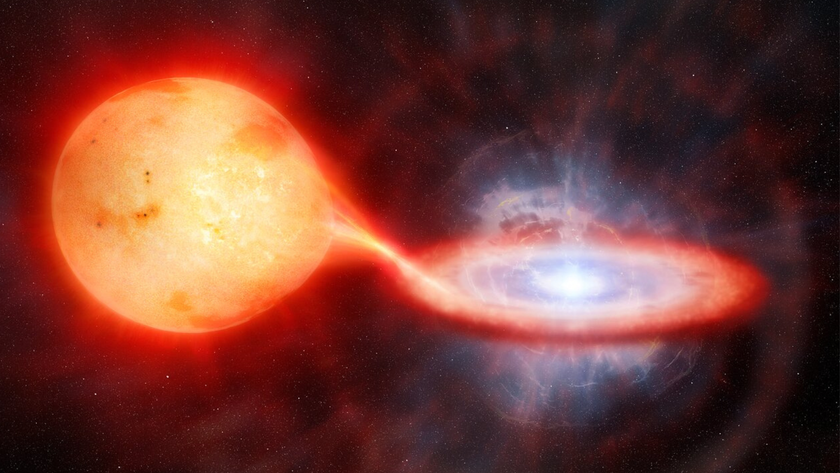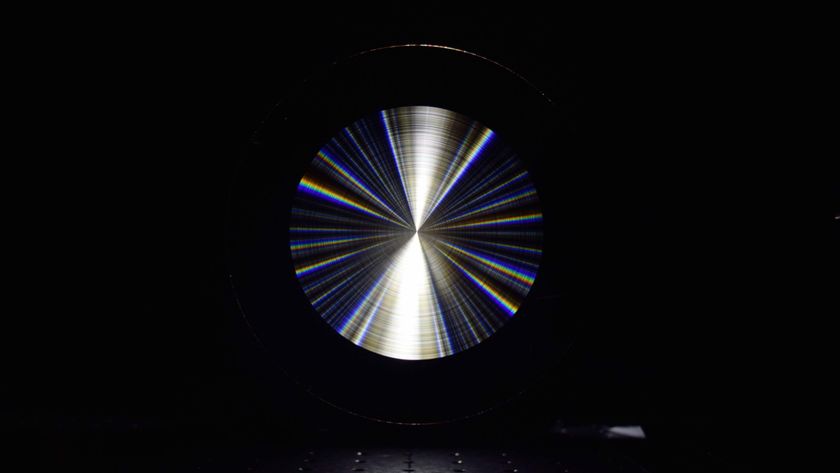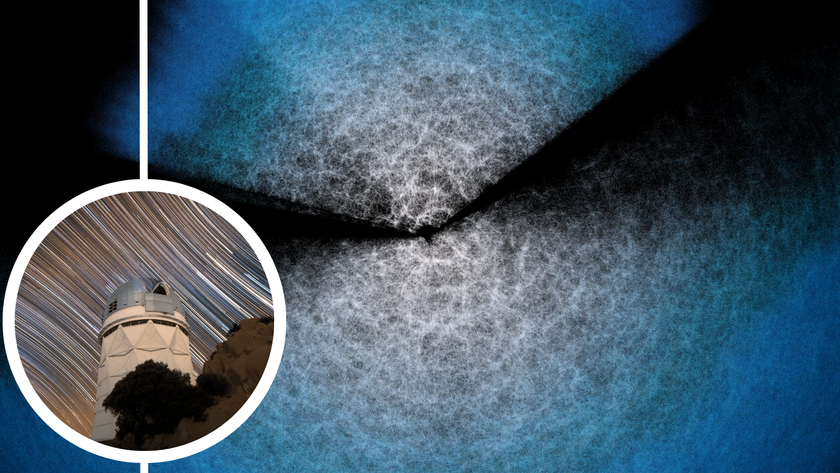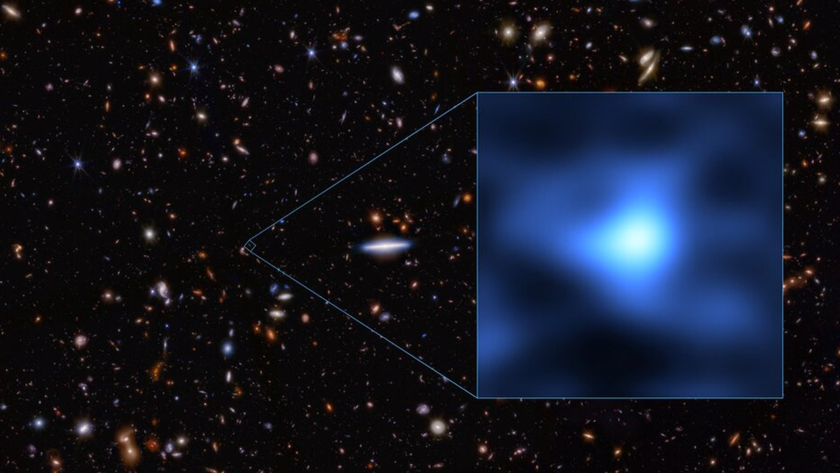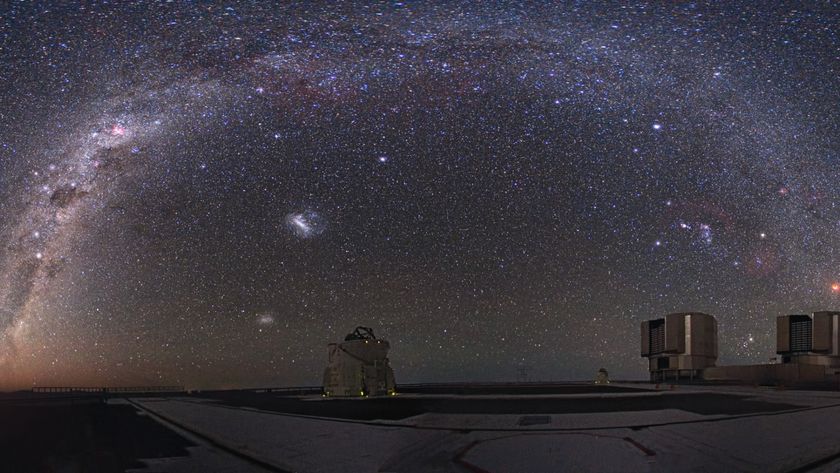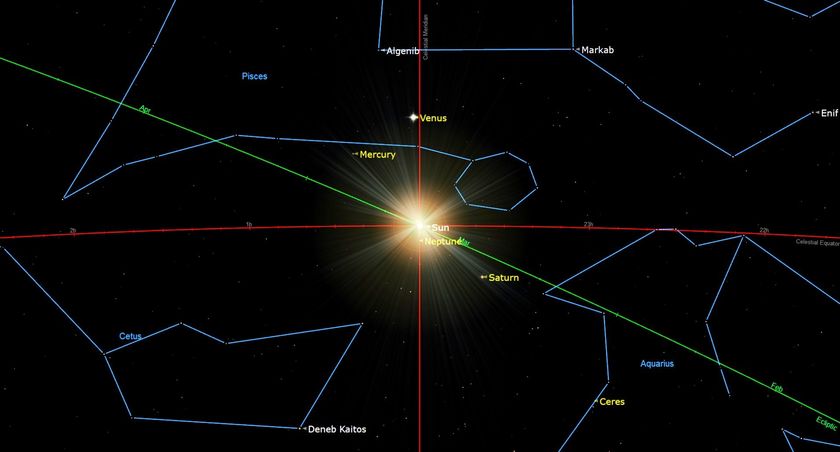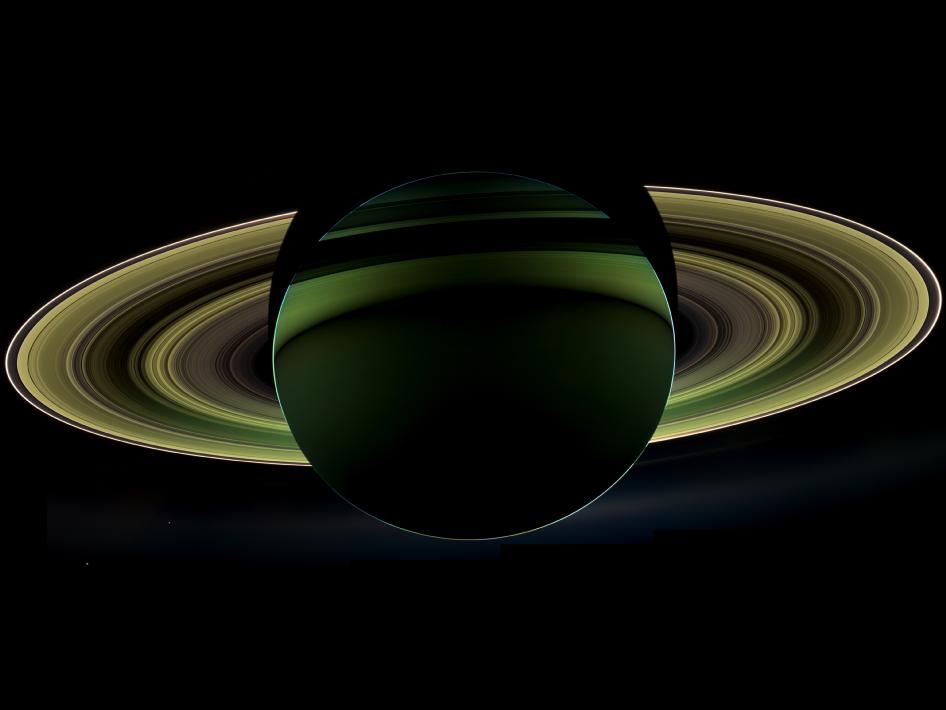
NASA's Cassini spacecraft has captured a gorgeous backlit image of Saturn and its rings, providing a holiday treat for scientists and the public alike.
Cassini took the photo — actually a mosaic of 60 images — on Oct. 17, while looking back toward the sun from a spot within Saturn's shadow. Such a view can reveal details about the planet's atmosphere and rings that aren't otherwise visible, researchers said.
The image also highlights the beauty of the ringed planet, which everyone can appreciate.
"This glorious image is our special gift to you, the people of the world, in this holiday season that brings the year 2012 to a close," Cassini imaging team lead Carolyn Porco, of the Space Science Institute in Boulder, Colo., said in a statement.
"I fervently hope it serves as a reminder that we humans, though troubled and warlike, are also the dreamers, thinkers, and explorers inhabiting one achingly beautiful planet, yearning for the sublime, and capable of the magnificent," she added.
Two of Saturn's many moons are visible in the newly released photo as tiny white dots below and to the left of the planet's rings. Geyser-spewing Enceladus, which likely harbors an ocean of liquid water beneath its icy shell, is closer to the rings; Tethys sits farther below and to the left.
Cassini last took a similar backlit Saturn shot in September 2006, researchers said. Earth could be seen as a pale dot in that mosaic, which was called "In Saturn's Shadow." (Like the sun, our planet is obscured by Saturn in the new photo.)
Get the Space.com Newsletter
Breaking space news, the latest updates on rocket launches, skywatching events and more!
The 60 images composing the new mosaic were taken in violet, visible and near infrared wavelengths, researchers said. The overall image was processed in false color.
The $3.2 billion Cassini mission is a collaboration involving NASA, the European Space Agency and the Italian Space Agency. Cassini launched in 1997, arrived at Saturn in 2004 and delivered the Huygens lander to the surface of Saturn's huge moon Titan in January 2005.
Cassini should continue studying Saturn and its moons for years to come; its mission has been extended though at least 2017.
Follow SPACE.com senior writer Mike Wall on Twitter @michaeldwall or SPACE.com @Spacedotcom. We're also on Facebook and Google+.
Join our Space Forums to keep talking space on the latest missions, night sky and more! And if you have a news tip, correction or comment, let us know at: community@space.com.

Michael Wall is a Senior Space Writer with Space.com and joined the team in 2010. He primarily covers exoplanets, spaceflight and military space, but has been known to dabble in the space art beat. His book about the search for alien life, "Out There," was published on Nov. 13, 2018. Before becoming a science writer, Michael worked as a herpetologist and wildlife biologist. He has a Ph.D. in evolutionary biology from the University of Sydney, Australia, a bachelor's degree from the University of Arizona, and a graduate certificate in science writing from the University of California, Santa Cruz. To find out what his latest project is, you can follow Michael on Twitter.
